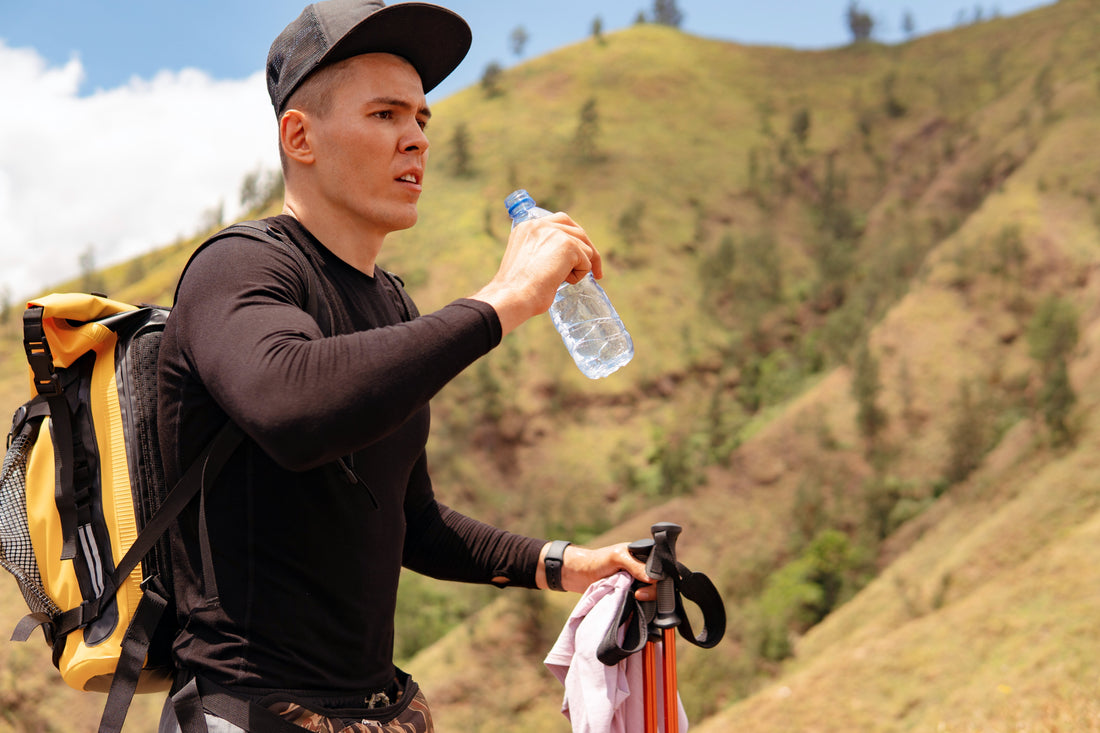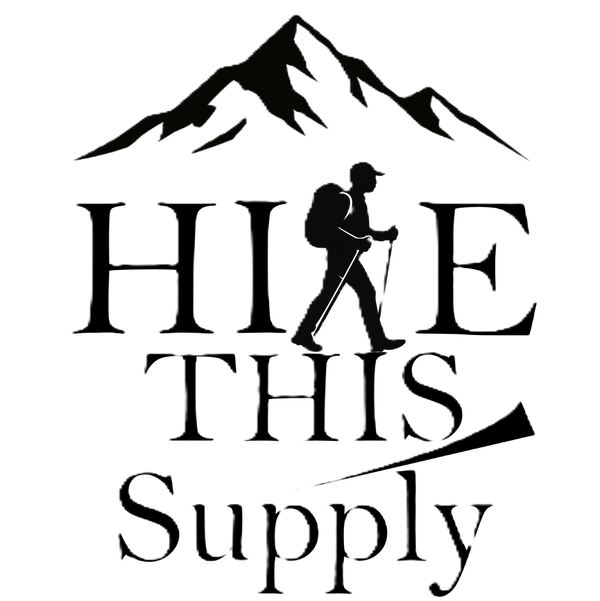
5 Trail-Tested Hydration Tips for Hot Weather Hikes
Share
When the sun is blazing and the trail stretches for miles, staying properly hydrated can mean the difference between an epic adventure and a dangerous misstep. Whether you're trekking through desert canyons or summiting humid peaks, smart hydration is your most critical trail companion.

Here are five trail-tested hydration tips to keep you cool, energized, and safe on your next hot-weather hike.
1. Start Hydrating Before You Hit the Trail
Don’t wait until you’re sweating on the switchbacks to start drinking water. Begin hydrating the night before your hike and drink a full liter of water in the hours leading up to your departure. This gives your body a hydration head start and reduces the risk of early fatigue or heat-related illness.

Pro Tip: Eat water-rich foods like fruits and vegetables, include electrolytes to your water the night before for an extra hydration boost.
2. Use Electrolytes, Not Just Water
When you're sweating buckets, you’re losing more than water. You’re also shedding sodium, potassium, and other vital electrolytes your body needs to function. Just refilling with plain water can lead to imbalances like hyponatremia.

Upgrade your hydration system or use electrolyte tablets or powders. It’s a small step that makes a big impact on endurance.
3. Drink Small Sips Frequently
Chugging a full liter every few hours isn’t effective. Instead, take small, frequent sips every 10–15 minutes to maintain a steady hydration level without bloating or cramps.

A hands-free hydration system (like a bladder with a drinking tube) encourages more consistent sipping compared to stopping for a water bottle.
4. Keep Your Water Cool
Warm water on a hot trail? No thanks. Heat can make hydration feel like a chore. Keep it refreshing by:

- Using insulated bladder sleeves or cold packs
- Stashing frozen water bottles in your pack
- Filling your system with chilled water before heading out
Cold water encourages more frequent drinking — especially when the sun’s relentless.
5. Reduce Sun Exposure with an UV Umbrella
One of the easiest ways to reduce your body’s water loss? Avoid unnecessary heat buildup in the first place. A UV protection hiking umbrella acts like portable shade — dropping the temperature underneath by as much as 15°F and significantly reducing sweat.
Bonus: It protects your skin and gear from sun damage while making hydration more efficient.
🛒 Check out our ultralight UV hiking umbrellas — trail-tested and pack-friendly.
6. Know the Signs of Dehydration
Even the most seasoned hikers can get caught off guard. Watch for early symptoms of dehydration, including:
- Dry mouth or sticky saliva
- Headache or dizziness
- Fatigue or nausea
- Dark yellow urine

If you notice any of these, find shade (hello, UV umbrella!), rest, and hydrate immediately. Prevention is key — and awareness could save your life.
Final Thoughts: Hydrate Smarter, Hike Farther
Hiking in hot weather doesn’t have to be risky — but it does require a hydration game plan. With these trail-tested tips (and a little help from the right gear), you can hike farther, feel stronger, and stay safe no matter the forecast.

Whether you’re heading out for a short loop or a multi-day trek, your hydration strategy is just as important as your boots.
Shop Trail-Ready Hydration + Sun Gear
From folding water bottle and hydration backpacks to UV umbrellas, we’ve got what you need to beat the heat.
Bonus Tip: Skip the Booze on the Trail
While it might be tempting to toast your summit with a cold one, alcohol is a diuretic — meaning it dehydrates you faster. It also impairs judgment, coordination, and temperature regulation, which can all become dangerous under hot, physically demanding conditions.
Stick to water, electrolytes, and smart hydration strategies on the trail — and save the celebration for when you're safely back at camp.
